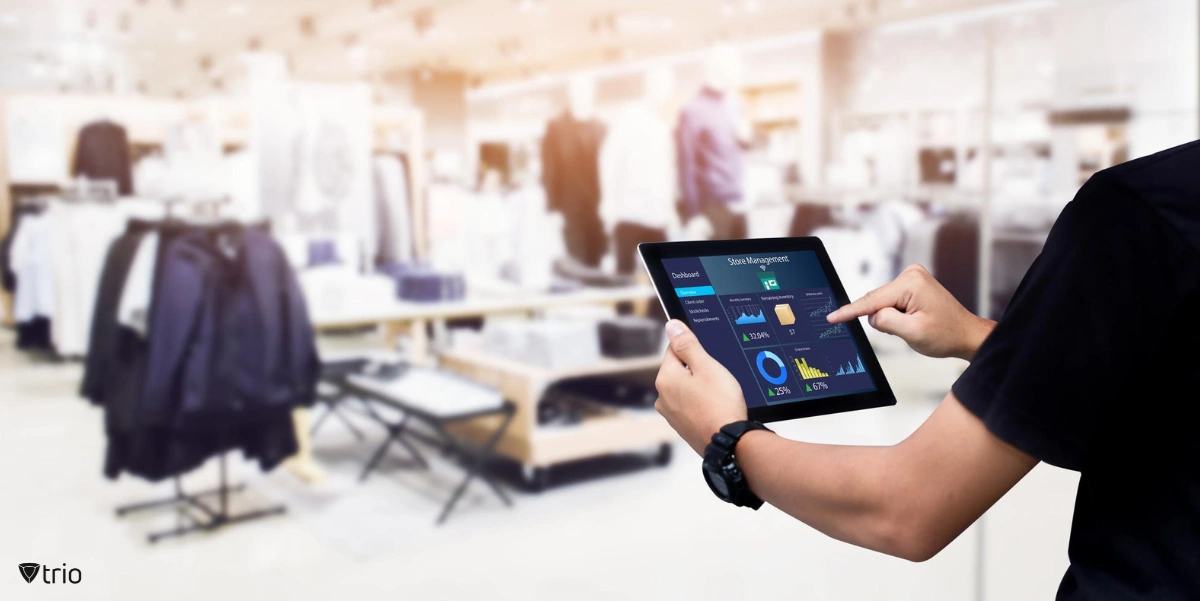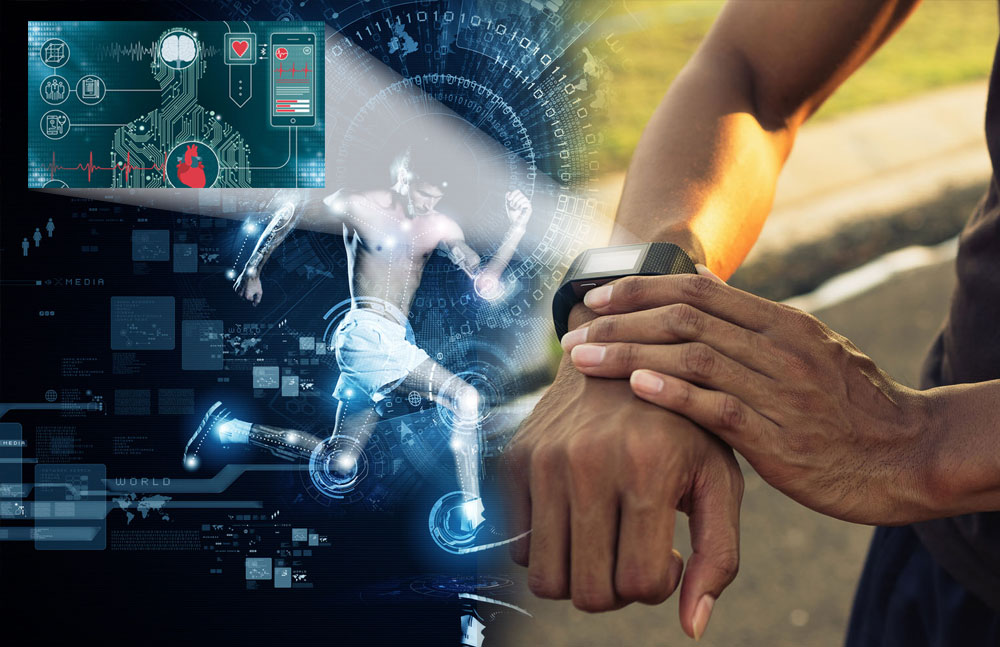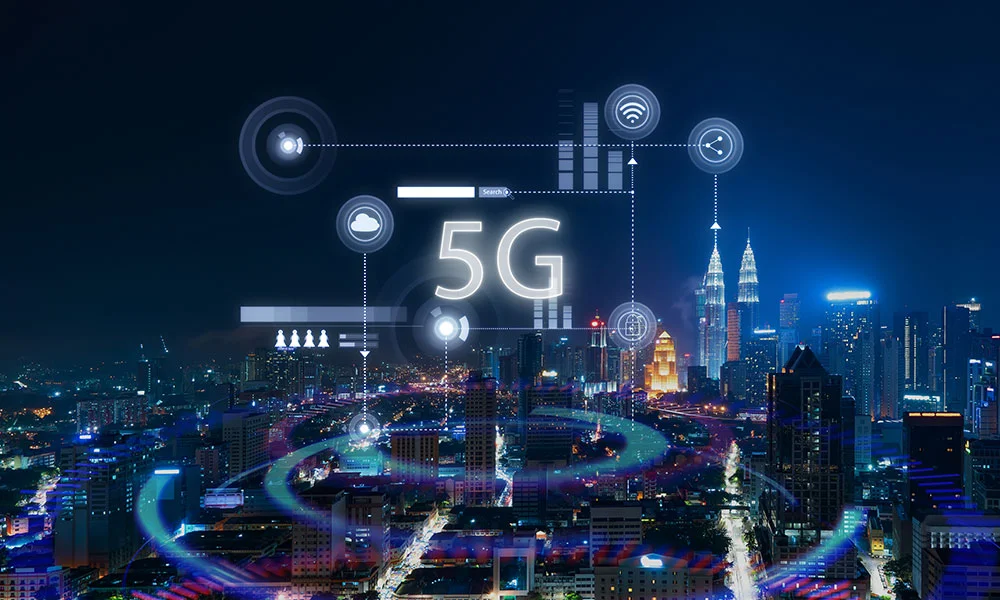Introduction to Smart Retail
Welcome to the future of shopping, where traditional retail meets cutting-edge technology. Imagine walking into a store that knows your preferences, suggests personalized products, and even allows you to check out without waiting in line. This is not science fiction; it’s smart retail powered by AI and IoT.
As consumers embrace more connected experiences, retailers are stepping up their game by integrating artificial intelligence (AI) and the Internet of Things (IoT). These technologies are revolutionizing how we shop, making it more convenient, interactive, and enjoyable. The landscape is evolving quickly, and those who adapt will thrive while others may struggle to keep pace.
Curious about how these innovations are changing shopping experiences for everyone? Let’s dive deeper into this fascinating world of smart retail!

Definition of AI and IoT
Artificial Intelligence, or AI, refers to the ability of machines to perform tasks that typically require human intelligence. This includes decision-making, problem-solving, and understanding natural language. The goal of AI is to mimic cognitive functions, enabling devices to learn from experience and adapt their behavior over time.
On the other hand, the Internet of Things (IoT) connects everyday objects to the internet. This network allows devices to communicate with each other and share data seamlessly. From smart refrigerators that track groceries to wearable fitness trackers monitoring health metrics, IoT enhances our environment by making it smarter.
Together, AI and IoT create a powerful synergy in many sectors. They enable personalized experiences in retail while improving operational efficiency for businesses. As technology evolves, this combination transforms how consumers interact with products and services on a daily basis.
Impact of AI and IoT on Shopping Experiences
The integration of AI and IoT is transforming shopping into a seamless experience. Imagine walking into a store where your preferences are recognized instantly. Smart devices collect data that tailor recommendations just for you.
AI analyzes vast amounts of customer behavior, predicting trends before they emerge. This means retailers can stock what shoppers want most, reducing waste and increasing satisfaction.
IoT devices enhance the in-store experience too. Smart shelves alert staff when products run low, ensuring that popular items are always available. Meanwhile, connected carts streamline checkout processes by allowing customers to scan items as they shop.
Personalized marketing has taken on new meaning with these technologies. Shoppers receive targeted offers based on their purchase history directly to their mobile devices while browsing in-store or online.
This convergence of technology creates environments where consumers feel understood and valued—a significant shift in retail dynamics.
Examples of Smart Retail Technology
Smart retail technology is revolutionizing how we shop, bringing innovation to every corner of the store.
One standout example is Amazon Go. This cashier-less experience uses advanced sensors and cameras to track what customers pick up, allowing them to leave without waiting in line.
Another exciting development is smart shelves equipped with weight sensors. These shelves can detect when items are low in stock and notify staff automatically, ensuring shelves are always stocked for consumers.
Then there’s augmented reality (AR), which lets shoppers visualize products in their space before buying. Stores like IKEA have embraced this technology through mobile apps that enhance the shopping journey.
Mobile payment systems further streamline transactions, enabling quick checkouts via smartphones or wearables. With these advancements, shopping becomes more seamless and enjoyable than ever before!

Benefits for Consumers and Retailers
Smart retail, powered by AI and IoT, brings a wealth of advantages for both consumers and retailers. For shoppers, personalized experiences are the norm. Tailored recommendations based on previous purchases or browsing habits simplify decision-making.
Efficiency is another perk. With smart shelves and inventory tracking, customers find products faster while enjoying seamless checkout processes. Imagine walking out of a store without waiting in line!
Retailers also reap rewards from this tech evolution. Enhanced data analytics provide insights into consumer behavior, aiding in inventory management and marketing strategies.
Cost savings emerge through operational efficiencies as well. Automated systems reduce labor costs and minimize waste.
Creating an engaging shopping environment becomes easier with innovative technologies at play. Both parties benefit significantly from this new landscape in retail.
Challenges and Concerns
As Smart Retail continues to evolve, several challenges and concerns emerge. Privacy issues top the list, especially with AI and IoT devices collecting vast amounts of consumer data. Shoppers often feel uneasy about how their information is used or stored.
Then there’s the technological gap between retailers. Smaller businesses may struggle to implement these advanced systems due to cost constraints or lack of expertise. This disparity could widen the divide in customer experience quality.
Security risks also pose a significant challenge. Cyberattacks on retail networks can compromise sensitive customer information, leading to distrust among consumers.
While automation enhances efficiency, it raises questions about job displacement in retail sectors. Workers fear that increased reliance on technology might threaten their roles and livelihoods as stores adopt AI-driven solutions for tasks once performed by humans.
The Future of Smart Retail
The future of smart retail is a blend of innovation and convenience. As technology evolves, so does the shopping experience.
Imagine stores equipped with advanced AI that predict what you might want before you even enter. Personalization will reach new heights, tailoring recommendations to individual preferences.
IoT devices will seamlessly connect every aspect of retail. Smart shelves can monitor inventory levels in real time, ensuring popular items are always stocked.
Augmented reality may transform how customers interact with products, allowing them to visualize items in their own spaces before purchasing.
Sustainability will also play a crucial role as retailers leverage data to reduce waste and improve supply chain efficiency.
With these advancements, the boundaries between physical and digital shopping will blur further, creating an integrated ecosystem where consumers enjoy enhanced experiences tailored just for them.

Conclusion
Smart retail is revolutionizing the way we shop. The integration of AI and IoT technologies creates a seamless blend of physical and digital shopping experiences. Retailers are leveraging data analytics to understand consumer behavior better, leading to personalized offerings that resonate with shoppers.
As technology continues to advance, we can expect even more innovative solutions on store floors. From smart carts equipped with navigation systems to augmented reality fitting rooms, the possibilities are endless. While challenges such as privacy concerns and implementation costs remain, the benefits for both consumers and retailers cannot be overlooked.
The future of smart retail looks promising as it embraces change while enhancing convenience, engagement, and satisfaction in shopping experiences. The landscape will keep evolving—transforming how we interact with brands and products in ways we’ve only begun to imagine.






